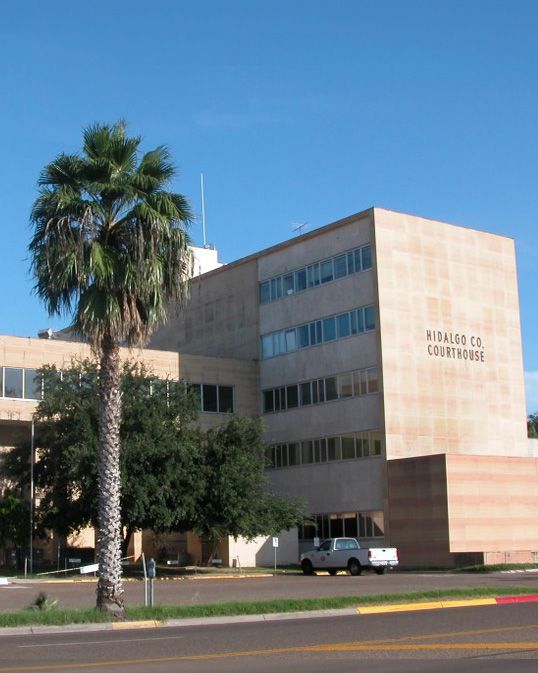What Kind of Evidence Is Admissible in Accident/Injury Cases?
LAW BLOG •
Proof, in any legal case, often boils down to evidence presented during proceedings. Unfortunately, there isn’t a magic list of data guaranteed to be valid or “admissible” in court. There are a few types courts generally consider inadmissible, such as police reports, but the conditions and context of presentation largely determines if evidence is valid.
Invalid Proof/Inadmissible Evidence
In addition to police reports, you typically can’t bring prior criminal history into an accident case. The judge also won’t allow any unreliable evidence – such as hearsay. If testimony consists of rumors and what someone heard about the accident, that information is highly unreliable because the person speaking didn’t have first-hand experience.
The court may also consider proof inadmissible if it’s not relevant or the court considers it overly prejudicial, too time consuming, or otherwise a hindrance to the case at hand. As in criminal proceedings, some evidence gathered in an illegal manner won’t be allowed into the prosecution. For instance, if you stole something that would prove a driver had been drinking , you may not use that as evidence in the courtroom. In rare cases, an attorney may not know whether a piece of evidence will be admissible until he or she attempts to use it.
Although many counselors carefully comb through medical records during the discovery part of a case, they rarely admit full records as proof when a case goes to court. Instead, your attorney may admit certain aspects of your records relevant to the claim, such as an x-ray or a scan, and obtain expert medical testimony to argue the case. Medical records play an important role in every personal injury claim, but the use of them in court is not as clear-cut as you might think.
Proof That’s Valid and Surprisingly Effective in Accident Cases
Many pieces of evidence can work their way into a case regardless of admissibility. When you sit down with your attorney, he or she will likely conduct an independent investigation into the accident. Anything that provides insight about a defendant’s mental state, proves facts of the case, or is a direct experience testimony may work to a plaintiff’s benefit.
Some surprising forms of admissible evidence you may go over include:
- Social media activity. Periscope, Twitter, and posts or videos uploaded to other social media sites may be fair game in a courtroom, assuming the opposing side obtained it in an ethical and legal manner. For instance, an attorney or plaintiff couldn’t create a social media account specifically for the purpose of securing evidence. However, if a post can be directly and reasonably connected to the fact or person in question, a court may choose to admit it as proof.
- Drone footage. Provided that drone footage was taken in a public setting and under legal guidelines set forth by the state, a court may choose to allow drone footage as proof in a personal injury case.
Even within these restrictions, the validity of evidence really depends on the circumstances of each individual claim. Because the burden of proof rests on the plaintiff in personal injury cases, anything you think is relevant may play an important role. If a piece of evidence isn’t admissible in court, it may still lead to the discovery of other acceptable items.
Writing down, photographing, and recording as much information as possible at the scene of the accident helps ensure you have the evidence you need to prove your personal injury case. Doing so will also keep the incident fresh in your memory and may help your attorney piece together the valid proof necessary to secure a fair settlement.
The post What Kind of Evidence Is Admissible in Accident/Injury Cases? appeared first on GES Injury Attorneys.
Every state limits the amount of time you have to file a claim.
Don't Delay.
Contact the Attorneys at Gordon & Elias, LLP Today to preserve your right to a recovery.
Contact Us
We will get back to you as soon as possible.
Please try again later.
100% FREE CASE EVALUATION
Free Consultation • No Fee If No Recovery



